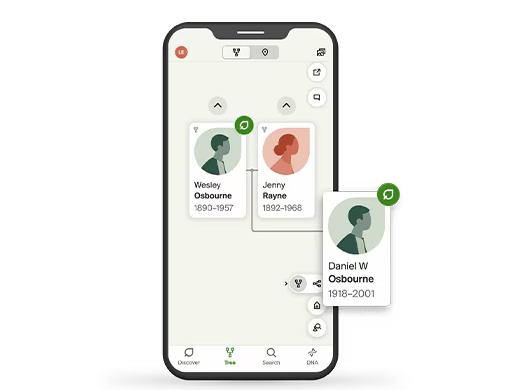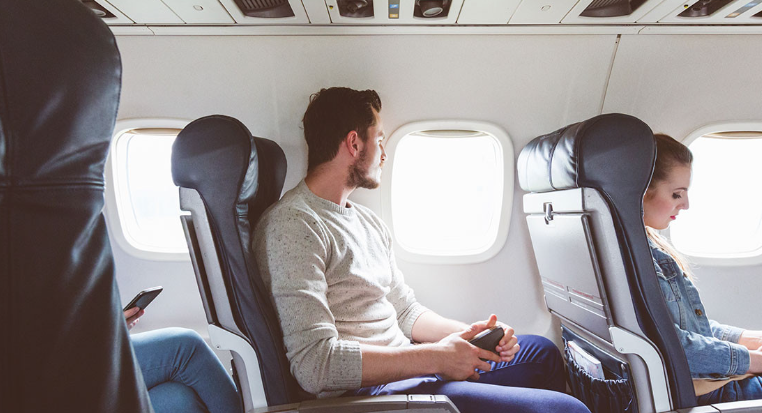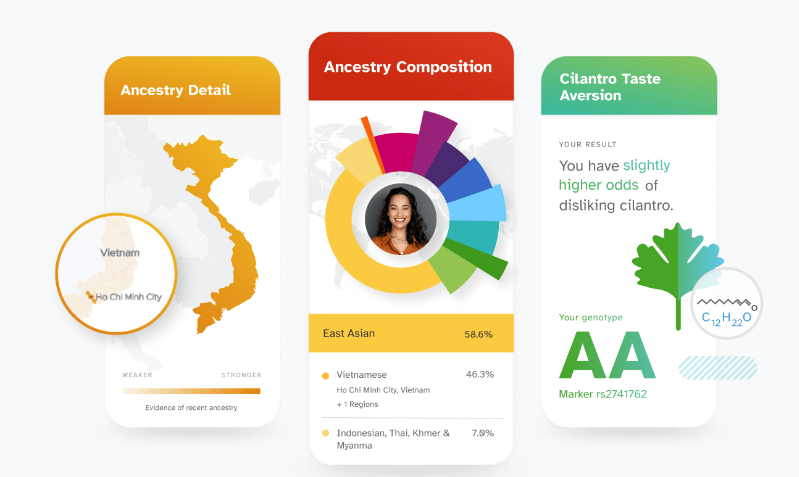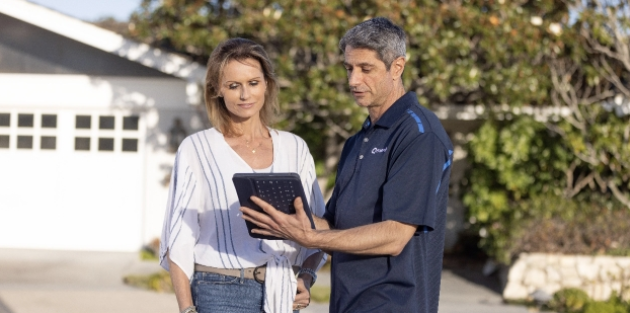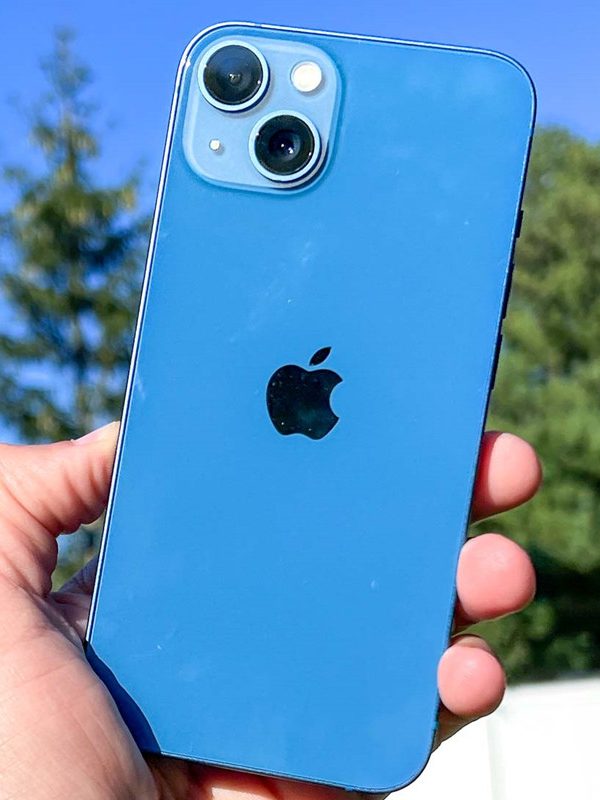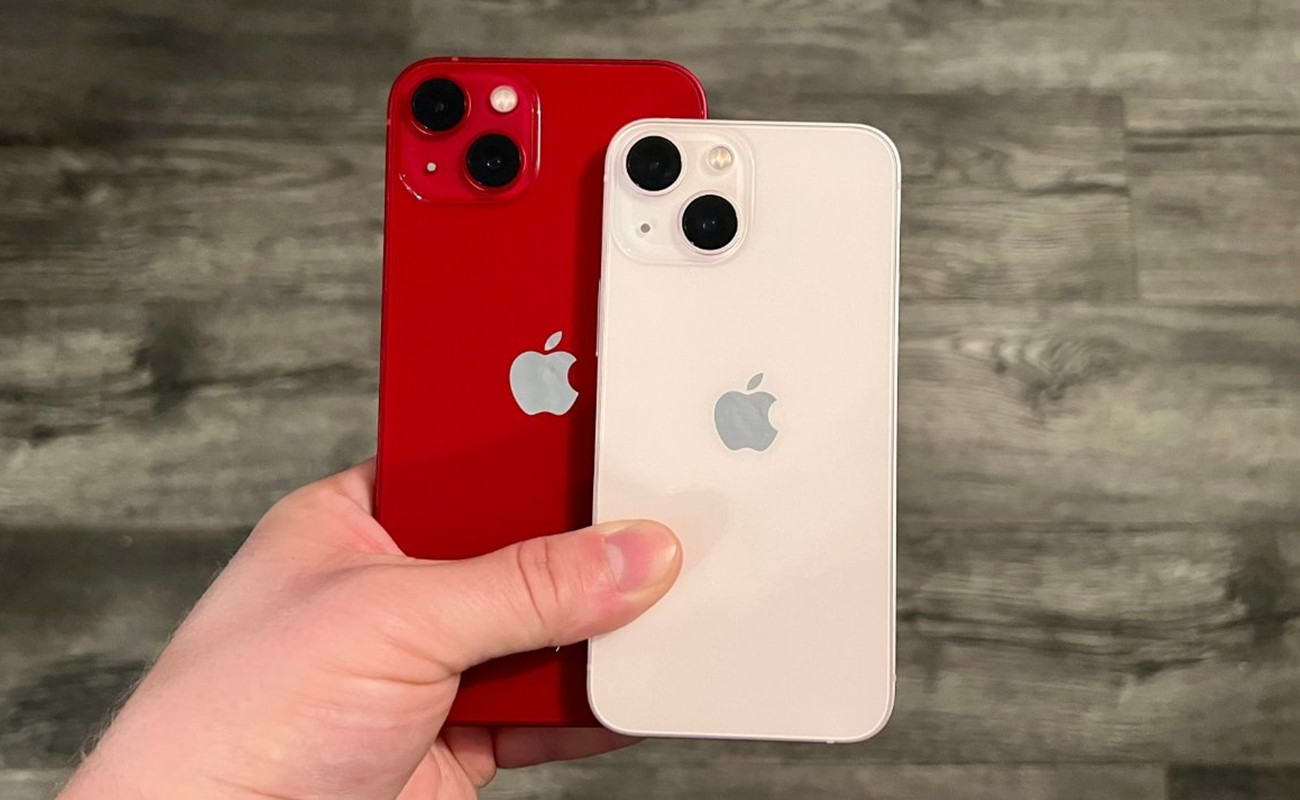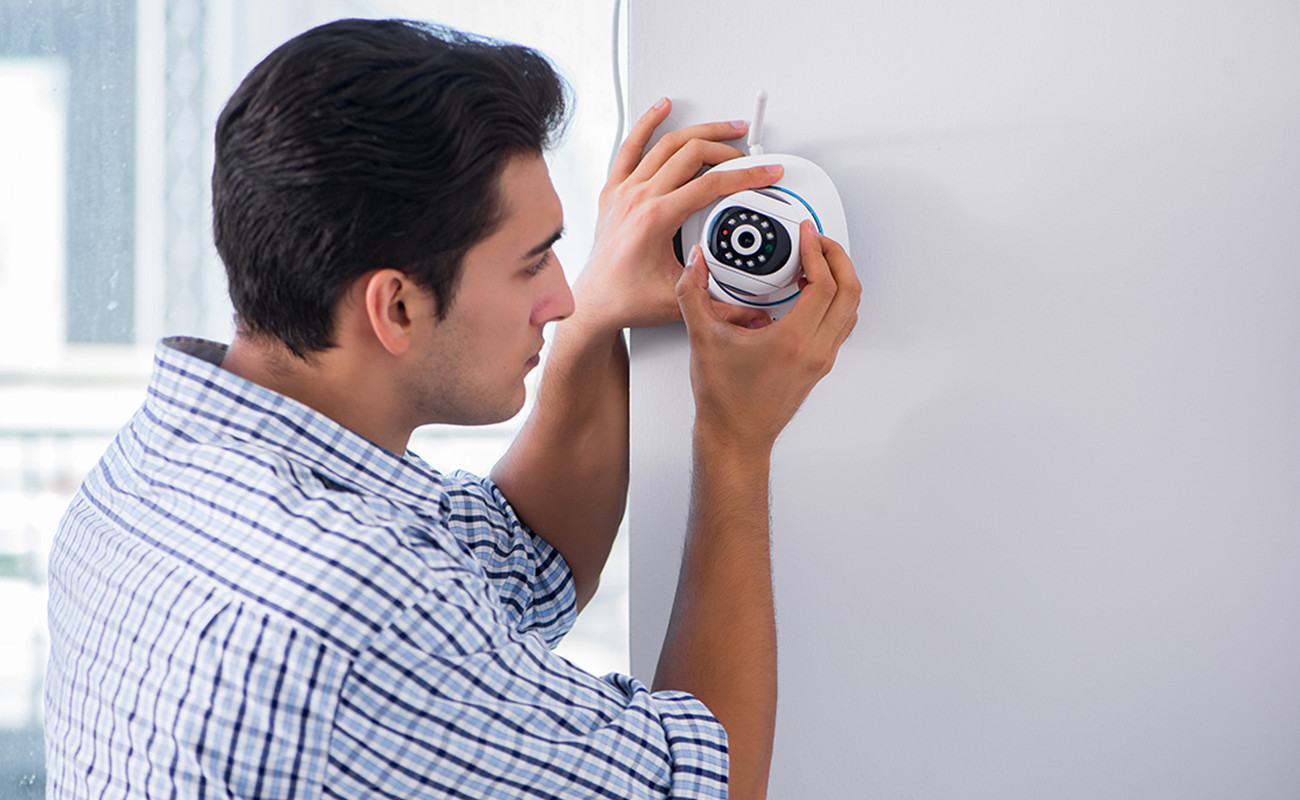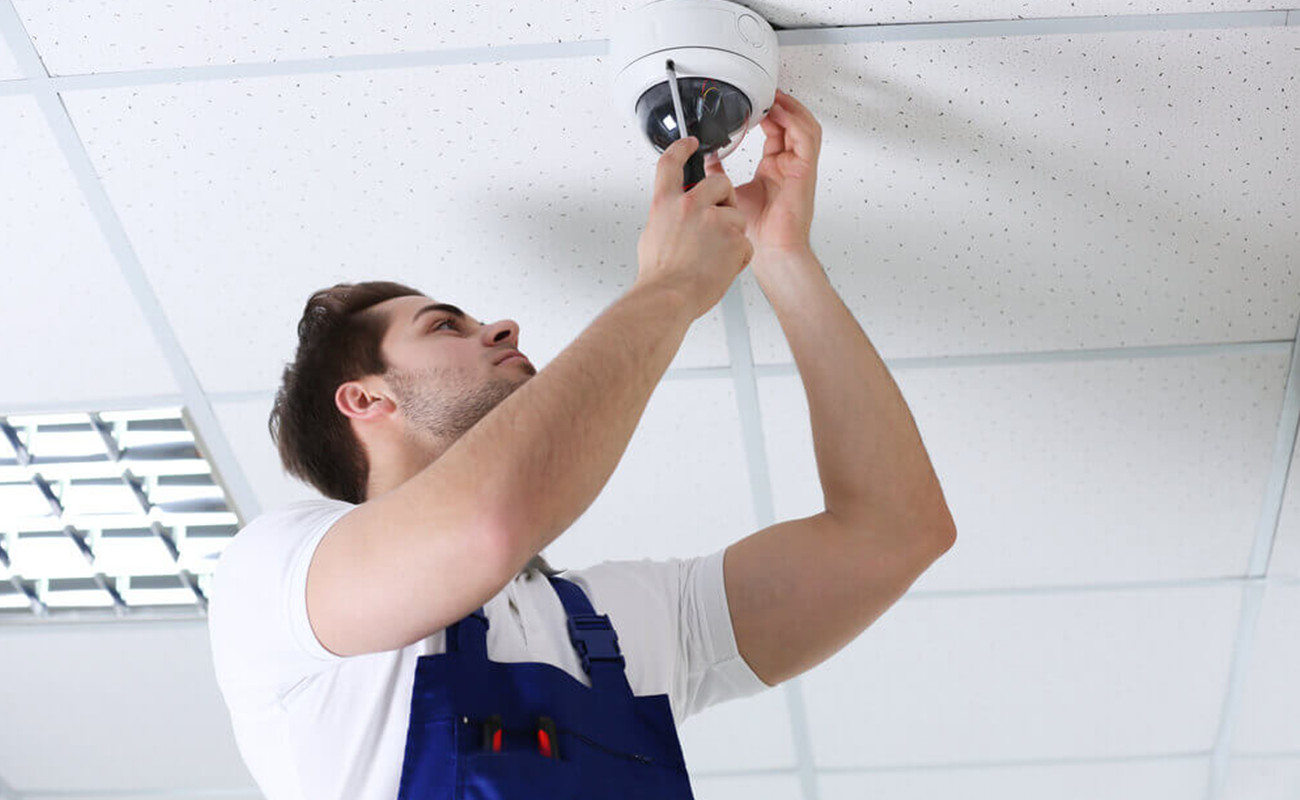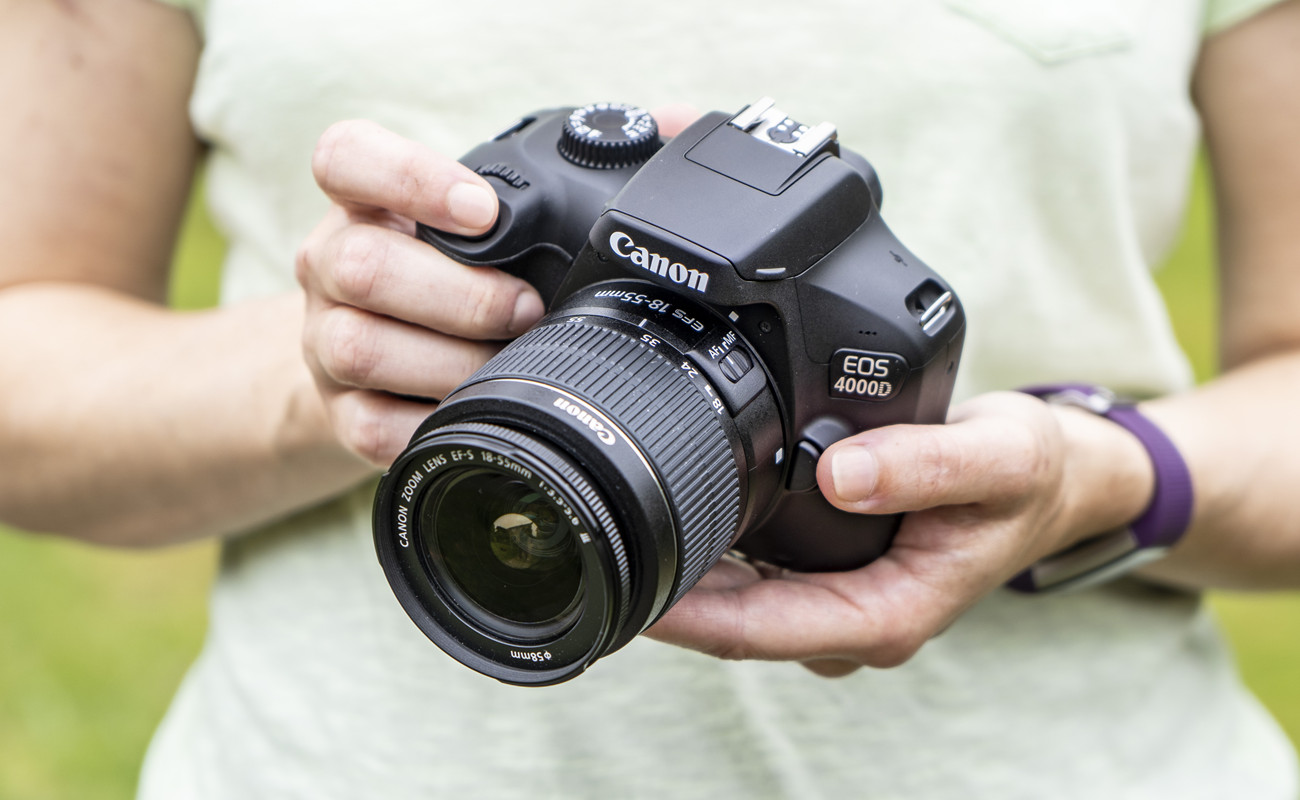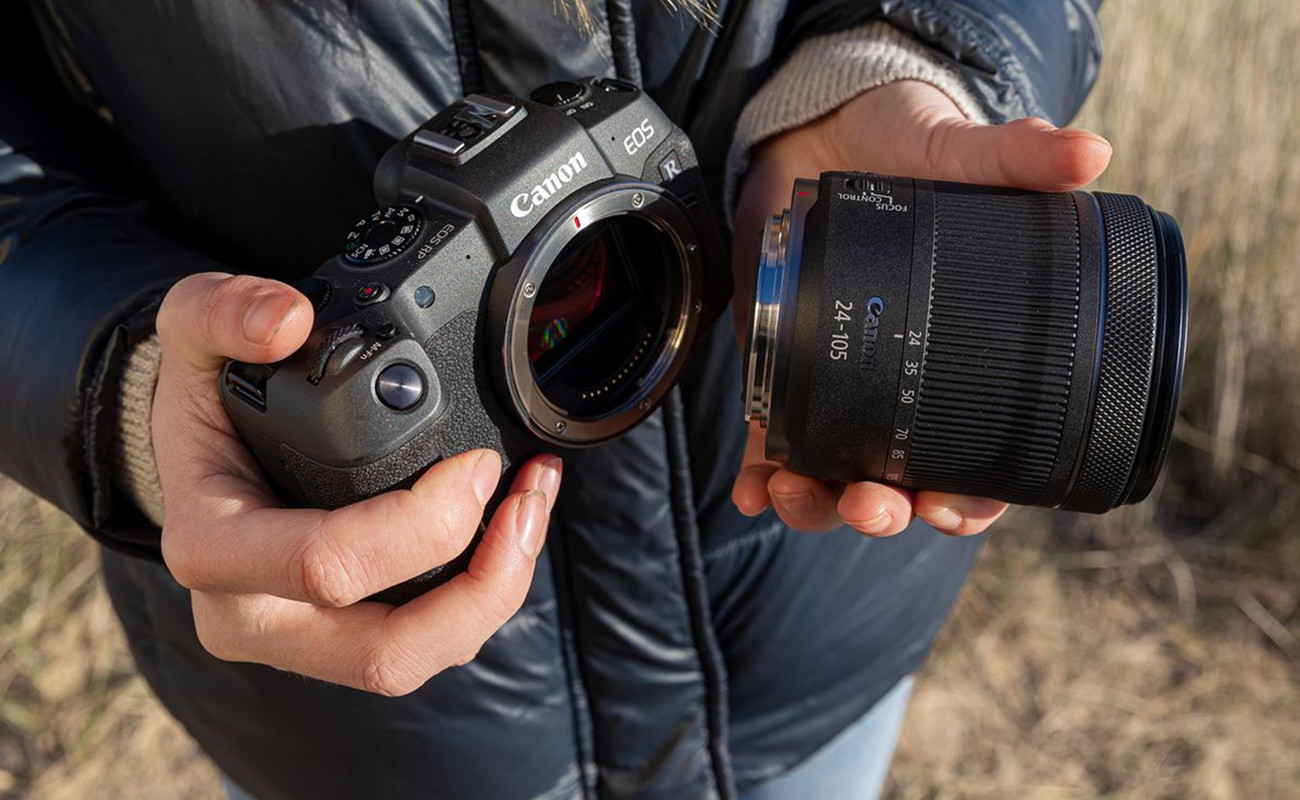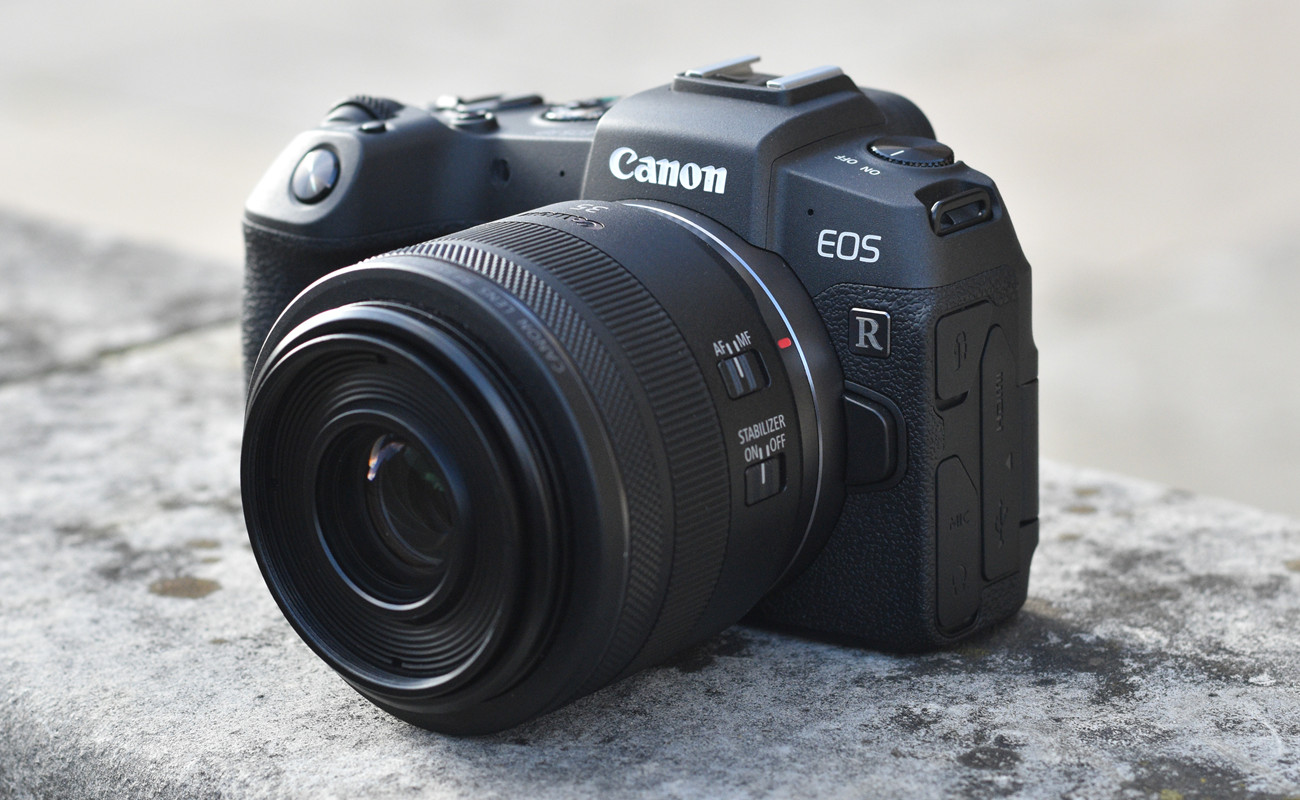Tips for Choosing the Perfect Laptop
Having a reliable laptop is essential for students, professionals, and anyone who enjoys staying connected. Whether you need it for work, school, or leisure, the right laptop can make a significant difference in your daily activities. With various types available, from sleek ultrabooks to powerful gaming machines, there’s something to meet everyone’s needs.

What to Look for in a Laptop
When selecting a laptop, consider its performance and portability. Look for models equipped with the latest processors and sufficient RAM to handle your tasks smoothly. If you travel often, a lightweight design with a long battery life is crucial. Additionally, consider the screen size; a larger display can enhance your viewing experience, while a compact one is easier to carry.
Why Features Matter
Features such as storage capacity and connectivity options are also important. Solid-state drives (SSDs) offer faster load times compared to traditional hard drives, making your laptop more efficient. Ensure it has the necessary ports for your devices, like USB-C or HDMI, to enhance versatility.
Making the Right Choice
Choosing the right laptop is vital for productivity and enjoyment. Take your time to explore different models and read reviews to understand their strengths. A well-chosen laptop can empower you to achieve your goals while keeping you connected. Happy shopping, and may you find the perfect device that suits your lifestyle!
